Read the full report of what’s coming next for Rosetta and its science mission via the ESA Portal webstory:
Rosetta continues into its full science phase
- access_time 20/11/2014
- chat_bubble_outline 16 comments
Written by
Claudia
Claudia is an astronomer and science writer working for ESA.
access_time
20 November 2014
chat_bubble_outline
16 comments
format_list_bulleted
Ambition the film
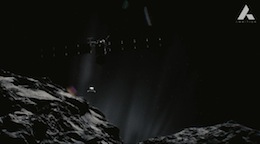
Click image to watch Ambition
Read Rosetta: the ambition to turn science fiction into science fact
Mission milestones
| Event | Date |
| Launch | 2 Mar 2004 |
| Earth swingby | 4 Mar 2005 |
| Mars swingby | 25 Feb 2007 |
| ... more | |

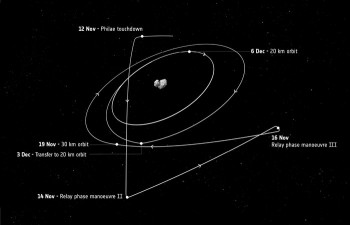
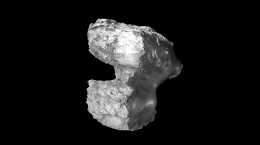
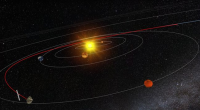
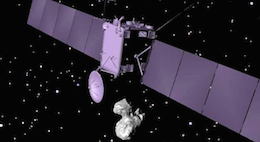

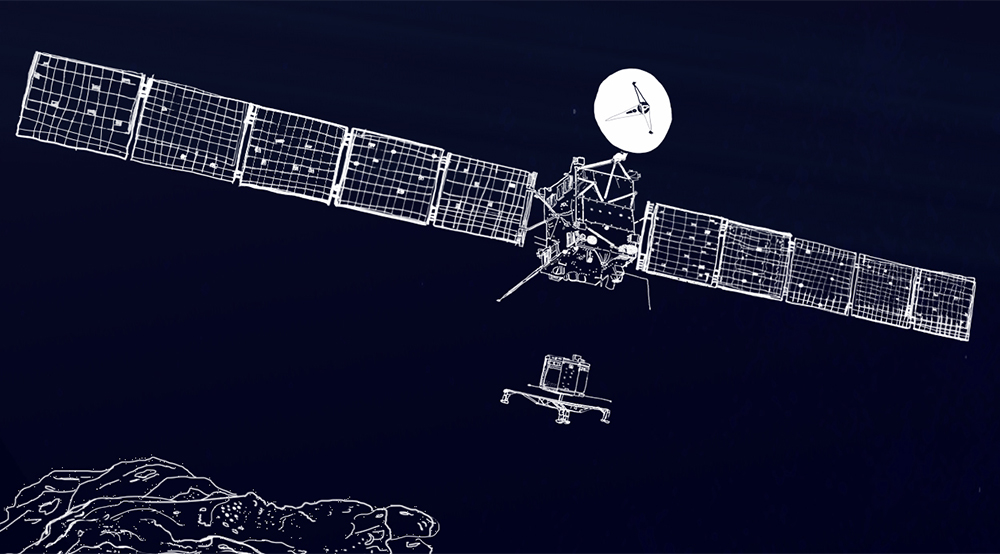
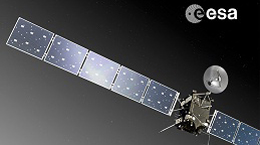
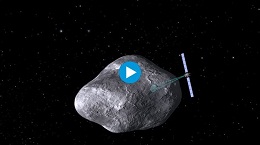
Discussion: 16 comments
Will Rosetta ever spot Philae yet? I’m eagerly and tensely looking forward to see some photos of the probe hiding somewhere in a ditch, as well as some deductions of the overall trajectory in managed to travel around the comet since the very first touchdown to its current location.
We all are so eagerly tens each day until one month before perihelion. Sorry for pulling your legs guys but sometimes i just cant help this from happening.
It just amazing to follow the ROSETTA /Philae activities on the COMET 67P. Very GOOD presentations
Philaes activity right now is “zzzzzzzzz. “, not too exiting i think.
I have a question about Rosetta for smarter guys than me 🙂 If gravity is so small in the comet how is it possible to fly around it. I understand that flying near the comet Rosetta just flies the same orbit as the comet it self. But how around the comet? You must use fuel all the time to change direction to the ellipse? Is it possible to rotate around the comet without using fuel? Can someone explain this. Thank you.
E.D. The comet DOES have mass and therefore, gravity. If the orbital velocity of the orbiter was decreased to zero, it would fall into the comet. By having an orbital velocity it is “falling around” the comet. Make sense?
Thanks for the answer 🙂 and big thanks to the team that made the mission successful. I truly believe, that the Philae lander will be found in the near future!
ED an additional point.
At larger distances, anything much over 30km, 67Ps Gravity is indeed too weak for Rosetta to fly a bound orbit. It flies triangular orbits, changing direction with a small thruster burn at each corner. Fortunately it uses little fuel.
So, at bigger dupistances, you are correct, that’s what happens, at smaller distances, you can orbit.
My previous comment seems to be lost.
Can anyone tell me what the beams from Rosetta represent in the video?
Many thanks!
Hi Margarita. The beams in the video are there to show the view of the cameras on Philae. This is the CIVAS package. The images they took can be seen here.
https://www.esa.int/spaceinimages/Images/2014/11/First_comet_panoramic
Lots of talk about science gathering and science front seat is just a lot of buffalo #2. You are only able to collect data and to transfer those packages to whom it concerns. The real scientific work will not start until all of the data is released world wide. Decades of mission and at least ten years of getting the real good science done once the amateurs and the students have grown up and got wise. Until then, no news. So far the only thing of real essence is that comets are not snowballs and they did not fill our oceans with a lot if water. End of story.
Hear. Hear, the comets delivered no bear.
Not even sure on the evidence so far we can even go that far. Comets are not snowballs or ice balls I think is fair to say, not much else though. Unless you count the fact that they are smelly as being of essence.
Hi Rob,
Re – not snow balls or ice balls
It really is all we can say from the information we have been given.
Very frustrating.
I’m thinking of abandoning the blog, there must be something else we can be involved in.
Thank you to all of you for your posts. You all have answered my question. Im so extatic at this mission!! I follow it everyday all day!! I am so amazed at how far mankind has come in space exploration that we can launch a spacecraft from earth sling shot it several times around our moon and planet earth and actually meet up with a comet that many millions and millions of miles from earth and actually meet up with it. Something that small (astronomically speaking) flying through the inner solar system at such a high speed and we can actually put a spaccraft orbiting it and land a lander on it!! God speed to all of you!!
67P’s conjunction with the Sun is on 10 Feb. Earth is on the opposite side of the Sun at that time. Is there a window around that date when it will not be possible to communicate with the spacecraft? If so, is it planned to store all data for future communication or do we just lose the data?